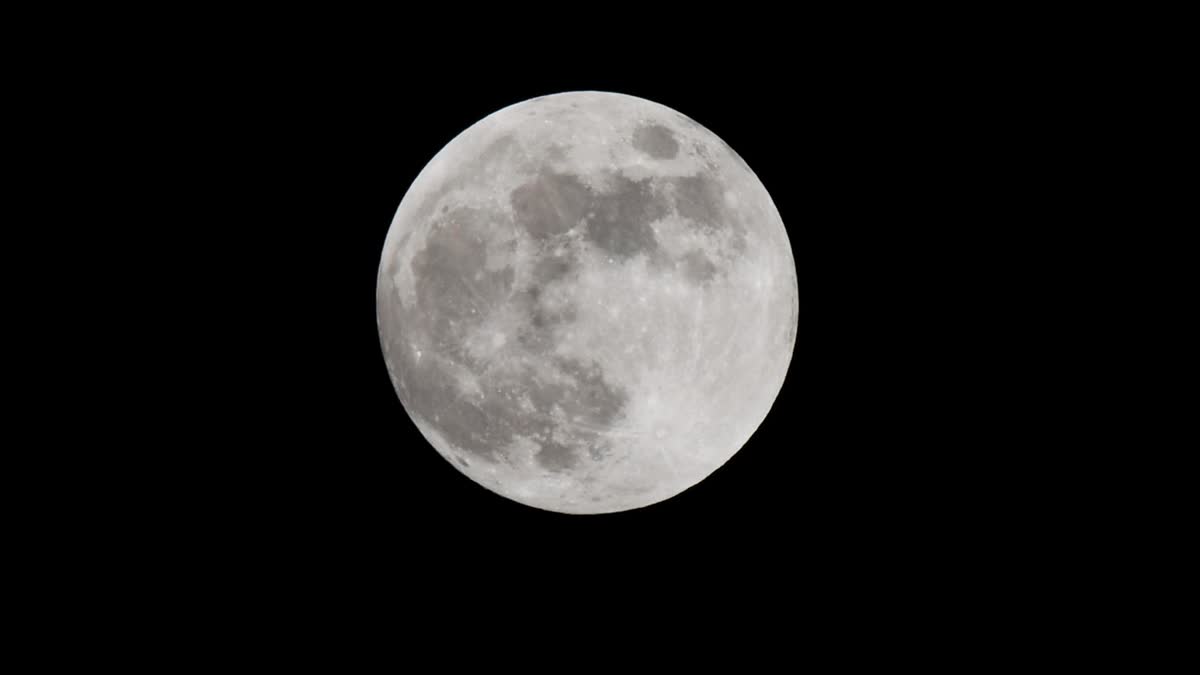Hyderabad: On July 20, we celebrate International Moon Day, which honors the day in 1969 when humans stepped foot on the moon what the NASA described as being “...the single greatest technological achievement of all time.”
How It Started
"That's one small step for a man...one giant leap for mankind.." Neil Armstrong's words will be remembered forever as he was the first person to step foot on the Moon. It was the year 1969 and the day was July 20.
Neil Armstrong and Buzz Aldrin, who were part of NASA's Apollo 11 mission, did something huge by stepping foot on the moon. They set down at a spot they called Tranquility Base, starting a new chapter in space travel.
The United Nations General Assembly (UNGA) decided to celebrate International Moon Day every year on July 20, after passing a resolution 76/76 about working together peacefully in outer space in 2021.
The Moon
The Moon is super easy to spot in the sky. Being so close to us, it's really important in our culture and also has a big part in causing the tides on Earth. The Moon is about a quarter the size of Earth, with a 10,917 km diameter around its equator and a 1,737 km radius. The Moon has almost no air, so it can't hold onto heat or keep the ground warm. The Moon is about 384,400 kilometers away from Earth, so it would take more than 17 days without stopping to reach it on a plane.
Here are some statistics from NASA:
Average distance from Earth: 238,855 miles (384,400 km)
Perigee (closest approach to Earth): 225,700 miles (363,300 km)
Apogee (farthest distance from Earth): 252,000 miles (405,500 km)
Orbit circumference: 1,499,618.58 miles (2,413,402 km)
Mean orbit velocity: 2,287 mph (3,680.5 kph)
How does the Moon cause the tides?
The Moon's gravity pulls water towards it, making the side closest to it bulge and creating a high tide. This also happens on the opposite side of Earth because of the combined effect of the Moon's and Earth's gravity. This stretching and squishing of Earth causes water to bulge on both sides, leading to two high tides and two low tides every day.
How many times have people landed on the Moon?
So far, NASA has sent six people to the Moon, all through its Apollo program from 1961 to 1972.
After the big deal of Apollo 11, when Neil Armstrong and Buzz Aldrin stepped foot on the Moon on 20 July 1969, the US sent out five more missions up until 1972. A total of twelve folks have actually walked on the Moon's surface.
Since then, no one's been back, but NASA is gearing up to send humans back to the Moon with the Artemis III mission in 2025.
India On The Moon
On July 14, 2023 Chandrayaan-3 mission by the Indian Space Research Organisation (ISRO) successfully lifted off from the Satish Dhawan Space Centre in Andhra Pradesh's Sriharikota.
India has achieved the distinction of being the first country to land a spacecraft successfully on the moon's south pole. India's Chandrayaan-3 mission successfully landed near the moon's south pole on August 23, 2023. Odysseus landed in Malapert A, a crater just 300 kilometers away from the Moon's South Pole.
Countries that Landed On Moon:
The Soviet Union: The Soviet Union's Luna 9 was the first to land softly on the moon in 1966.
U.S.: In 1969, NASA's Apollo 11 mission, with Neil Armstrong and Buzz Aldrin, was the most important event in the space race, with 12 astronauts landing on the moon over six missions.
China: China landed its first rover, Yutu, on the moon in 2013 and its second rover, Yutu-2, on the moon's far side in 2019, which was a big deal.
Russia: Russia brought back moon rocks from the moon in 1976.
India: India's Chandrayaan-3 mission in 2023 successfully landed on the moon, making India the fourth country to do so.
Japan: Japan landed its first rover on the moon in January, but it landed on the wrong side, which made it harder to use its solar panels.



